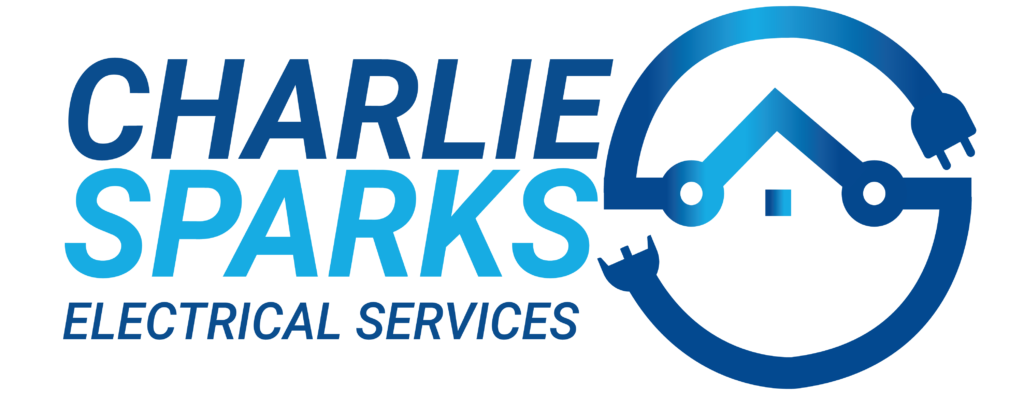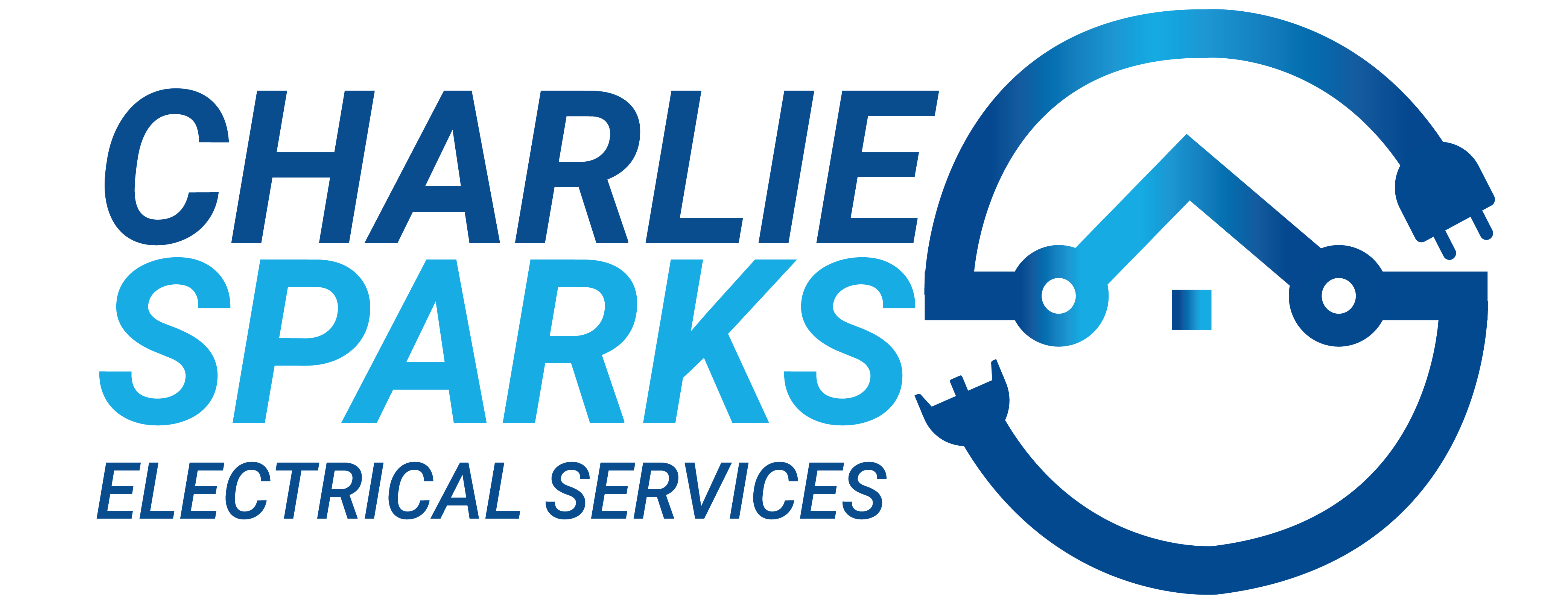Solar Panel Direction
Although we are aware of the many benefits of solar panels, we may not be aware of the best orientation or direction for them. Paying attention to these small details can make a big difference in energy savings, power, storage, and money.
The best orientation for your solar panel will depend on your location and energy goals. You will need to consider your latitude, sun exposure, and roof orientation when placing the solar panel.
With a flat roof or ground array, you’ll be able to take advantage of even more solar power.
The experts at Charlie Sparks will determine the best orientation for your solar panels to maximize your benefits.
What Is The Ideal Direction For Solar Panels To Face?
The most efficient orientation for solar panels depends on your location. Homeowners who have proper orientation of their panels will generate more power and the shortest payback period.
Solar is more economically advantageous when facing south:
- It maximizes solar output.
- It maximizes net metering.
- It maximizes battery storage.
- It maximizes battery life.
For optimal energy production, solar panels must be installed in an area where they will receive direct sunlight throughout the day. In the Northern Hemisphere, panels should be oriented toward true south, while in the Southern Hemisphere, they should be oriented toward true north.
The Advantages of South-facing Solar Panels
The Advantages of West-facing Solar Panels
The Advantages Of Ground-mounted Solar Panels
Best Angle for Solar Panels
Choosing the right angle is just as significant as selecting the best direction for your solar panels. A general rule of thumb is to set the tilt angle of solar panels equal to the location’s latitude. For example, if you’re at 35 degrees latitude, angle your panels at 35 degrees.
To maximize solar production and save money on electricity bills in the long run, solar panels should be positioned so that they are perpendicular to the sun.
FAQ's
For More Information, Contact Us Now!




